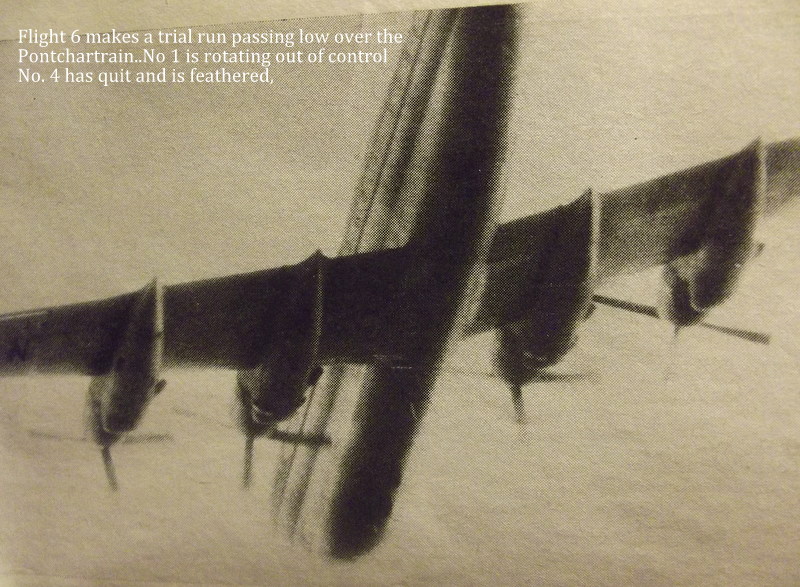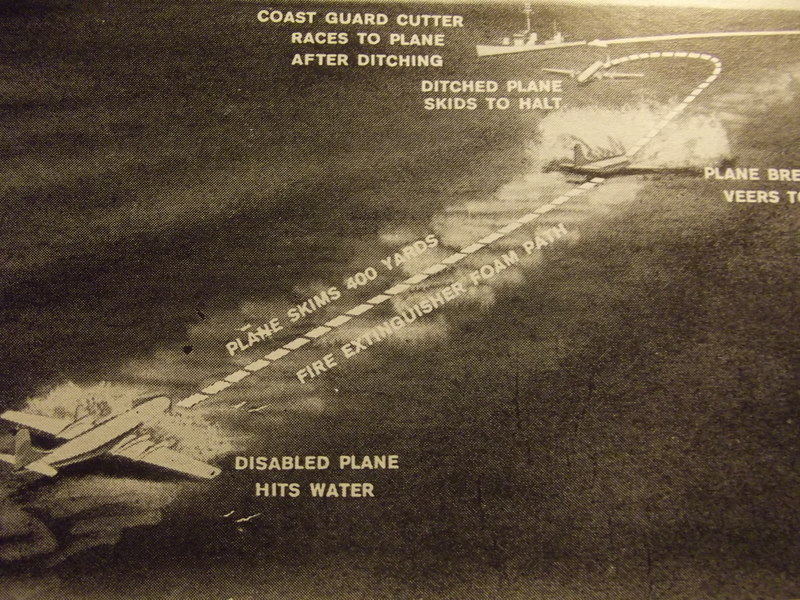Captain Richard N. Ogg had a to figure out a way to save the lives of his passengers as their plane was about to crash into the Pacific.

As Pan Am Flight 6, a Boeing 377, set off from Honolulu at 9:30 p.m. on Sunday, Oct. 14, 1956, heading for San Francisco with a crew of six and 24 passengers all seemed normal until Ogg lost his number one engine about one-third of the way to San Francisco. Ogg used all his skills as a Captain to coax the propeller back into service. He tried to alter the pitch of the blades, but their was no favorable response as the engine continued to “windmill.” Shortly after Ogg’s number four engine also started to malfunction and he watched as his coveted air speed plummeted to 140 knots. Ogg knew what that meant: He would have to plane for a water landing.

Ogg flew and saw the lights of a coast guard cutter, he knew his best chance of survival was to ditch the plane in close proximity to the cutter but he couldn’t do it in the black of night. For the net 4 hours Ogg flew the plane in circles, draining the fuel tanks and even practicing the ditching maneuver. He knew once it became daylight, he would have to do what was necessary.
As the sun came up, Ogg radioed the cutter and everyone started to prepare for the landing. At 8:16 a.m., Ogg made his approach and brought Flight 6 down in choppy six foot open ocean swell. Ogg knew that once the plane hit the ocean he would more than likely lose the tail section. He was right. “We hit with a good bump but we knew we would be all right,” said Ogg.

In a feat that is still studied today by aspiring pilots, Ogg felt the aircraft become partially driven under water after they hit but the plane quickly made it back to the surface and stopped quickly. As anticipated, the fuselage broke off, a number of seats in the forward area of the damage came loose and passengers were thrown about the cabin. Amazingly there were no fatalities or major injuries and all were rescued within minutes.

